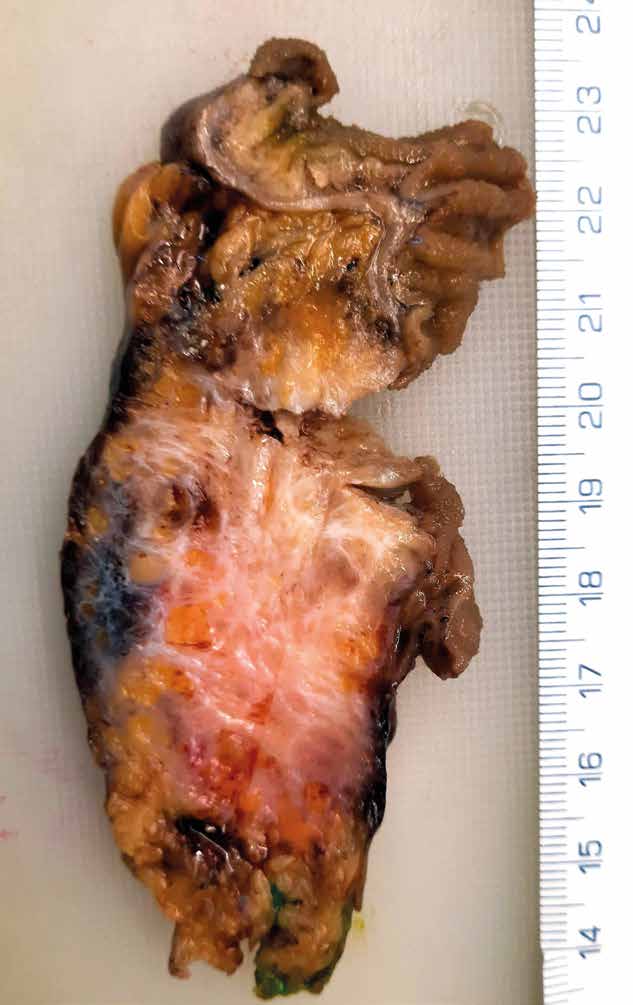Abstract
Pancreatic carcinoma is a relatively common malignant tumor with increasing incidence and mortality. The tumor is usually diagnosed at an advanced stage and generally has a poor prognosis, with only 5% of patients surviving 5 years from the time of diagnosis. The stage of the disease at the time of diagnosis is a crucial factor for the prognosis; 25% of patients with localized tumors survive 3 years from diagnosis, compared to only 1% of those with generalized tumors. Radical surgical removal of the tumor (partial or total pancreatectomy) is a key factor in improving survival. Therefore, the topic is highly relevant to surgeons. Statistics on pancreatic carcinoma mainly focus on ductal adenocarcinoma, which is the most common and least favorable malignant tumor of the pancreas. This review focuses on ductal adenocarcinoma, its variants, and precancerous lesions. The article summarizes information from the latest WHO classification of 2019, which was released 11 years after the previous edition. Compared to the previous version, this new WHO classification introduced rather minor changes in the field of ductal adenocarcinoma. The delineation of rare variants of ductal adenocarcinoma is justified based on genetic and morphological similarities and clinical relevance, as individual subtypes significantly differ in prognosis. The article also includes a description of macroscopic and microscopic precursors of ductal adenocarcinoma and their definitions. Genetic and immunohistochemical differential diagnostic aspects are briefly discussed, as these are more relevant to pathologists than to surgeons.

